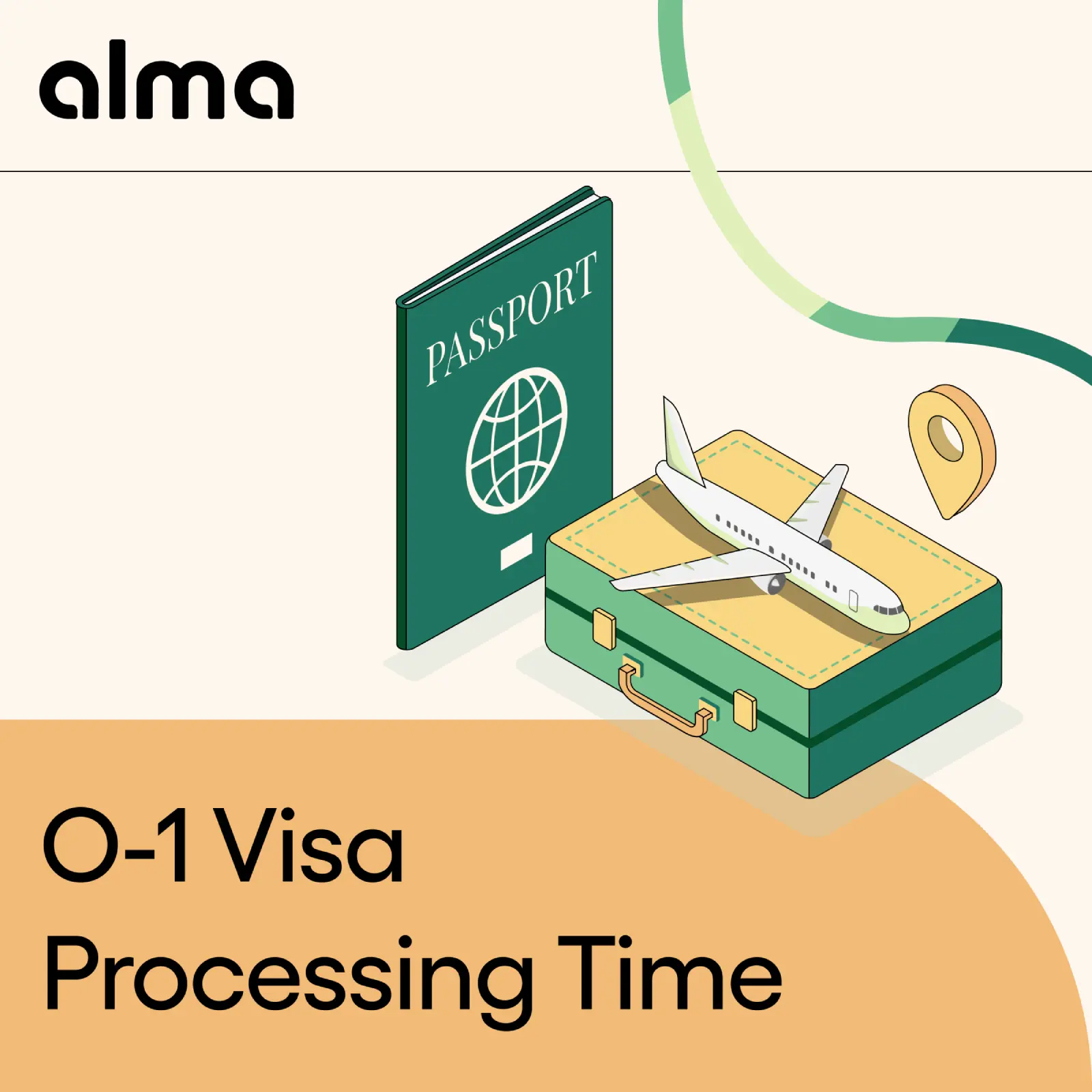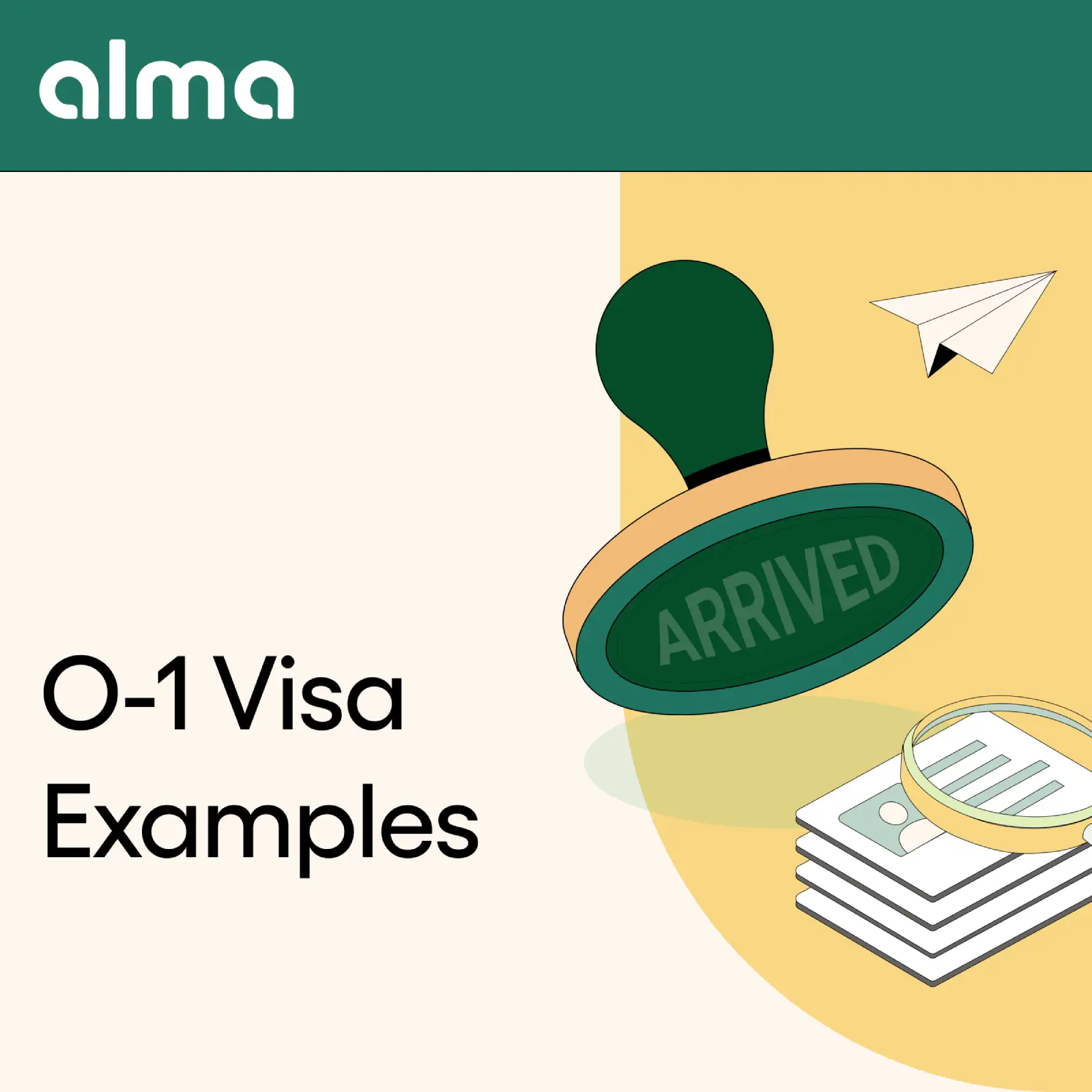- B-visa refusal rates range from 0% to 77% depending on nationality - Citizens from Guinea-Bissau face 76.59% refusal rates while UAE nationals enjoy just 1.46% refusal rates, highlighting dramatic nationality-based disparities that professional immigration legal services help overcome through expert preparation
- USCIS initially selects roughly 14% of H-1B registrations - With 758,994 eligible registrations competing for selection, USCIS initially selected roughly 110,000 registrations (with subsequent selections), making strategic application preparation essential for success
- O-1A extraordinary ability visas maintain 90%+ approval rates - Consistently high approval rates from 2018-2023 make this an attractive option for qualified professionals when properly documented
- Employment green card backlog reaches 1.8 million pending cases - The massive pending application backlog creates multi-year waits even for approved petitions, requiring strategic long-term planning
- F-1 student visa issuances dropped 22% year-over-year - International education faces challenges with 12,689 fewer visas issued in May 2025 compared to May 2024
- Naturalization reached 818,500 new citizens despite 7% decline - While naturalization numbers decreased from previous years, processing continues above pre-pandemic levels
Comprehensive data analysis from USCIS, State Department records, and official immigration statistics revealing approval trends across all major visa categories
Overall U.S. Visa Approval Rates and Trends
- Immigrant visa issuances increased 8.75% to reach 612,258 in FY 2024. The United States issued 612,258 immigrant visas in fiscal year 2024, up from 562,976 the previous year. This upward trend signals recovery from pandemic-era processing delays and renewed commitment to legal immigration pathways. The increase benefits families and employers awaiting approved visa availability, though backlogs persist across multiple categories.
- B-visa refusal rates vary from 0% to 77% based on applicant nationality. Tourist and business visa approval disparities reveal stark nationality-based differences, with refusal rates ranging from zero for some countries to 76.59% for Guinea-Bissau nationals. These dramatic variations underscore the importance of professional application preparation through services like Alma's visa guidance, which achieves 99%+ approval rates regardless of nationality. Countries facing high refusal rates particularly benefit from expert legal representation to overcome presumptions of immigrant intent.
H-1B Visa Approval Statistics and Success Factors
- 780,884 H-1B registrations competed for selection in FY 2024. The H-1B lottery system received 780,884 registrations for the limited annual visa allocation. USCIS initially selected roughly 110,000 registrations (about 14%), with subsequent selections later in the year. This intense competition requires strategic preparation and often backup immigration options for employers and foreign workers. Professional H-1B visa services maximize approval chances through meticulous petition preparation once selected in the lottery.
- USCIS expressed "serious concerns" about system abuse from multiple registrations. Immigration authorities identified concerning patterns of duplicate registrations attempting to game the H-1B lottery system, with USCIS committed to deterring such abuse. These enforcement efforts aim to ensure fair selection processes for legitimate applicants following proper procedures. Companies using compliant immigration platforms like Alma's business solutions avoid compliance risks through built-in audit trails and proper documentation protocols.
Employment-Based Green Card Approval Rates by Category
- 1.8 million employment-based green card applications remain pending. The employment immigration system faces an overwhelming 1.8 million case backlog as of March 2023, creating multi-year waiting periods even for approved petitions. This backlog particularly affects Indian and Chinese nationals facing decade-long waits due to per-country limitations. Strategic visa planning through green card services helps applicants maintain legal status during extended waiting periods.
- 2024 family-sponsored backlog dwarfs employment categories at 8.3 million pending cases. The family immigration system struggles with an even larger 8.3 million application backlog, with only 8% expected to receive green cards in 2024. These statistics highlight why employment-based categories often provide faster pathways despite their own substantial delays.
O-1 Visa Approval Statistics for Extraordinary Ability
- O-1A visas maintained 90%+ approval rates from 2018-2023. Extraordinary ability visas demonstrate consistently high approval rates exceeding 90% over a five-year period, making them attractive alternatives to H-1B lottery uncertainty. This exceptional approval rate reflects the visa's focus on documented achievements rather than arbitrary caps or lottery systems. Professional preparation through O-1A visa specialists ensures proper evidence compilation to meet USCIS's extraordinary ability criteria.
Student and Exchange Visa Statistics
- F-1 student visa issuances fell 22% in May 2025 versus May 2024. International student visa processing showed concerning declines with 12,689 fewer visas issued year-over-year in May 2025. Education sector experts express uncertainty about enrollment impacts, with NAFSA's Rachel Banks noting it's "not encouraging" for international education trends. These statistics affect university planning and highlight the importance of exploring alternative visa pathways for international talent through services like Alma's STEM options.
Diversity Visa and Special Categories
- 22.2 million applicants competed for 55,000 diversity visa slots. The diversity visa lottery attracted 22.2 million applicants in 2023 for approximately 55,000 available slots. In DV-2023, roughly 119,000 selectees were chosen (≈0.5% selection rate). Up to ~55,000 diversity visas are issued annually, so the chance of ultimately receiving a visa is lower than the selection rate. This minuscule probability makes the diversity lottery an unreliable primary immigration strategy for most applicants. Qualified professionals benefit from exploring merit-based alternatives like EB-2 NIW applications with significantly higher success rates.
Processing Volume and Naturalization Trends
- 818,500 individuals naturalized as U.S. citizens in FY 2024. USCIS successfully naturalized 818,500 new citizens despite a 7% decrease from the previous fiscal year. The agency maintains that "production levels continue to surpass pre-pandemic levels" for naturalization applications. This sustained processing capacity benefits the 9 million eligible permanent residents who could pursue citizenship.
- 1.2 million employment-based temporary visas issued in FY 2024. The State Department issued nearly 1.2 million employment-based nonimmigrant visas in fiscal year 2024, though down from 1.3 million in FY 2023. This slight decrease occurs amid overall visa issuance recovery and reflects shifting labor market dynamics. Companies utilizing Alma's business platform maintain competitive advantages through streamlined processing and compliance tracking for their foreign workforce.
Maximizing Approval Odds Through Professional Services
The stark contrasts in approval rates across visa categories and nationalities demonstrate why professional legal guidance proves invaluable. While some nationalities face 77% B-visa refusal rates and H-1B applicants contend with competitive lottery odds, properly prepared cases achieve dramatically higher success rates.
Alma's immigration services leverage technology and expert attorneys to achieve 99%+ approval rates across visa categories. Their comprehensive approach addresses the specific challenges revealed in these statistics:
- Strategic visa selection based on individual qualifications and current approval trends
- Meticulous documentation to overcome nationality-based presumptions
- Proactive RFE prevention through complete initial submissions
- Compliance tracking via their business platform to maintain status during backlogs
For startups and growing companies, Alma's scalable solutions provide transparent per-case pricing while managing immigration for 5 to 5,000+ foreign nationals. Their platform includes HRIS integration, real-time dashboards, and audit-ready compliance records essential for navigating today's complex immigration landscape.
Industry Expert Perspectives
Immigration professionals emphasize the importance of understanding current trends. Lawfully's Finn Reynolds notes that "decreased demand or slower processing" could explain declining student visa numbers beyond just interview delays. This uncertainty reinforces the value of working with experienced counsel who monitor policy changes and processing patterns.
The Migration Policy Institute's analysis reveals that "261,000 employment-sponsored applicants" wait in backlogs alongside millions of family-based petitioners. Understanding these queue dynamics helps set realistic expectations and develop contingency plans for maintaining legal status during extended waits.
Frequently Asked Questions
Overall approval rates vary dramatically by visa type and nationality. While O-1A visas maintain 90%+ approval, B-visas range from near-perfect approval to 77% refusal rates depending on country. Professional preparation through services like Alma's visa experts significantly improves individual odds regardless of national averages.
Among employment-based options, O-1A extraordinary ability visas consistently achieve 90%+ approval rates when properly documented. This compares favorably to the H-1B lottery's selection challenges and makes O-1 visas attractive for qualified professionals. Alma's O-1 services at $8,000 provide comprehensive preparation to meet stringent evidence requirements.
Yes, nationality creates dramatic approval disparities. B-visa refusal rates in FY2024 range from 0% to 77% based solely on citizenship. Professional legal representation helps overcome nationality-based presumptions through thorough documentation and strategic presentation.
Recent trends show mixed patterns: immigrant visas increased 8.75% in FY 2024, while student visas declined 22% in 2025. Employment-based categories maintain steady demand despite backlogs, with 1.2 million temporary work visas issued annually.
Professional representation dramatically improves outcomes, with services like Alma achieving 99%+ approval rates compared to national averages. Expert guidance ensures proper documentation, strategic visa selection, and effective response to requests for evidence.








